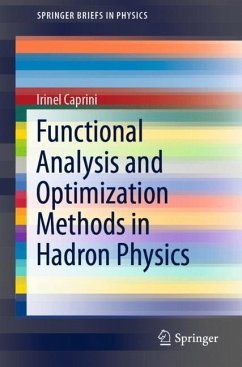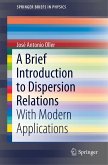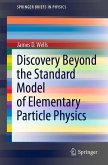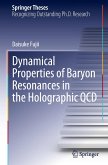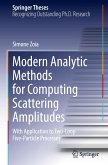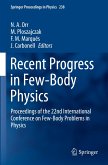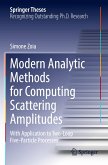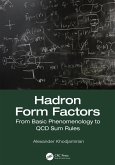This book begins with a brief historical review of the early applications of standard dispersion relations in particle physics. It then presents the modern perspective within the Standard Model, emphasizing the relation of analyticity together with alternative tools applied to strong interactions, such as perturbative and lattice quantum chromodynamics (QCD), as well as chiral perturbation theory.
The core of the book argues that, in order to improve the prediction of specific hadronic observables, it is often necessary to resort to methods of complex analysis more sophisticated than the simple Cauchy integral. Accordingly, a separate mathematical chapter is devoted to solving several functional analysis optimization problems. Their applications to physical amplitudes and form factors are discussed in the following chapters, which also demonstrate how to merge the analytic approach with statistical analysis tools.
Given its scope, the book offers a valuableguide for researchers working in precision hadronic physics, as well as graduate students who are new to the field.
The core of the book argues that, in order to improve the prediction of specific hadronic observables, it is often necessary to resort to methods of complex analysis more sophisticated than the simple Cauchy integral. Accordingly, a separate mathematical chapter is devoted to solving several functional analysis optimization problems. Their applications to physical amplitudes and form factors are discussed in the following chapters, which also demonstrate how to merge the analytic approach with statistical analysis tools.
Given its scope, the book offers a valuableguide for researchers working in precision hadronic physics, as well as graduate students who are new to the field.

